Fujikura MC Putter Shaft
“Non-steel” putter shafts aren’t necessarily new to the scene, but they have certainly seen a recent surge in popularity and interest. While I’ve been impressed with a few “non-steel” shafts, I’ve generally found the space to lack the advancements in design and technology you’ll find in graphite/composite club shafts. Look, I get it, “it’s just a putter, so who cares?” Well, the main purpose for all of these recent “multi-material” shafts has been the pursuit of more stability, better feel, and reliable consistency. But I’ve also felt like no one has really captured something that’s a fairly “seamless putting experience” transition from steel to non-steel. That is, until the Fujikura MC putter shaft.
Between all the bulky and heavy options out there, Fujikura’s Japanese office set out to make a putter shaft that achieved similar results, but with better feel and a smoother overall profile. That turned out to be the new multi-material MC line of putter shafts. There are three different versions: Smooth, Firm, and X-Firm and are each generally intended for different types of putting strokes or preferences. All three utilize multi-material construction to combine graphite, rubber, copper, and steel.
The Looks
While all three versions of the Fujikura MC Putter Shaft share a similar look, each version is slightly different. Each shaft has a black base, but the Smooth has silver accenting and Firm has grey accenting. The X-Firm pictured in this review is a clean all black with silver branding. What I appreciate about the MC shafts is that they have a traditional visual profile once installed. It’s nice to get the feel and performance benefits of this shaft, but you’re looking down at something that’s a familiar size and shape with your putter head of choice.
How Does it Feel?
In my opinion, feel is really the biggest difference maker in the Fujikura MC shaft. Sure, there are very real performance benefits, but I truly believe those are end results from the shaft’s feel. There’s a lot to unpack in “Feel” but I’m going to cover some of that in a bonus section below about how to choose the right MC putter shaft for you.
At this time, I can’t comment on the feel in the Smooth or Firm versions, but the X-Firm certainly delivers what it set out to do. Frankly, I’ve never felt a putter shaft like it. The 115 grams of weight are definitely noticeable (a lot of weight for a putter shaft), but it doesn’t feel like a telephone pole or anything of the sort at all. Making a smooth stroke is easy and I felt the overall feedback in my hands was very “alive” and precise. It’s tough to explain what I mean by alive. It’s like, the feel is soft but isn’t muted and/or “kind of dead” like heavier and stiffer putter shafts tend to do.
That said, the ball itself feels firmer with the X-Firm. It gets complicated here. It’s not firm and clicky like a rock for reasons we’ll discuss in the next section. It’s more like the ball has much more “face presence” off the putter for immediate feedback and awareness. I, for one, have never felt anything like it, and I don’t hate it. To say it has caught my attention is an understatement.
Which Fujikura MC Putter Shaft is the Right One For Me?
Though all three versions of the shaft are different, they all contain what Fujikura calls “Rubber Composite” and “Metal Composite” technology (RCT and MCT respectively). RCT literally combines rubber into the carbon material of the shaft which dampens vibration at impact. This makes the feedback from striking the ball more precise because you don’t have to compete with unwanted vibration in your hands. I like to think of that vibration as “unwanted noise distortion”. The combination of rubber and carbon runs the full length of the MC shaft for a clean feel all the way through.
MCT is really defined by the use of different metals used in the putter shaft. Fujikura inlaid a layer of thin steel throughout the first eight inches of the tip section. This makes the tip section more stable for better control. The butt section contains a layer of copper which gives you a response in your hands that’s smooth but still precise. The blend of metals (along with the RCT) is perfectly balanced for the desired feel in each model.
So the question is, how do you know which one is right for you? The immediate answer is 100% “go get fit”. That allows you to get truly dialed in and avoid a $250 shot in the dark. But if fitting isn’t an option, here is what Fujikura suggests:
- Players with a long stroke and slow tempo that want more feel in their hands may prefer the Smooth model
- A player with a moderate stroke and tempo looking for something a little more neutral may be a better match for the Firm model – will play closest to “traditional”
- Players with short strokes and tempos may benefit from the X-Firm
On-Course Performance
Like I said, I think Feel is the biggest standout with the Fujikura MC Putter shaft and it directly impacts performance. The instantaneous feedback and stability allowed me to quickly get a feel how I was putting my golf ball. Controlling my distances and being accurate was as easy as I’ve experienced in a putter in recent memory. With the extreme stability, and additional weight, the MC putter shaft allowed for an extremely smooth stroke. As such, my stroke was quieter, much more controlled, and I was rolling the ball very cleanly.
Final Thoughts – Fujikura MC Putter Shaft
Fujikura set out to make a multi-material putter shaft that had more stability and excellent feel. They did exactly that with the MC putter shaft. The secret wasn’t just to add a bunch of weight, some thicker walls, or a bunch more layers of graphite. Fujikura wanted to make an effective design that would deliver results and be an easy transition for steel players. For me, it was a comfortable transition that was easy to adjust to and I feel my putting actually improved. I was more accurate, more consistent, and had a very clean and precise feel.
Currently, the MC putter shaft is only available in straight configurations and options for bends are being explored by Fujikura. Also, the MC comes stock in a .355 tip, but .370 players are in luck. Before cutting and installing the shaft, you can trim the tip .7 inches and it will now fit a .370 hosel. This will have minimal impact aside from the shaft feeling ever so slightly stiffer.


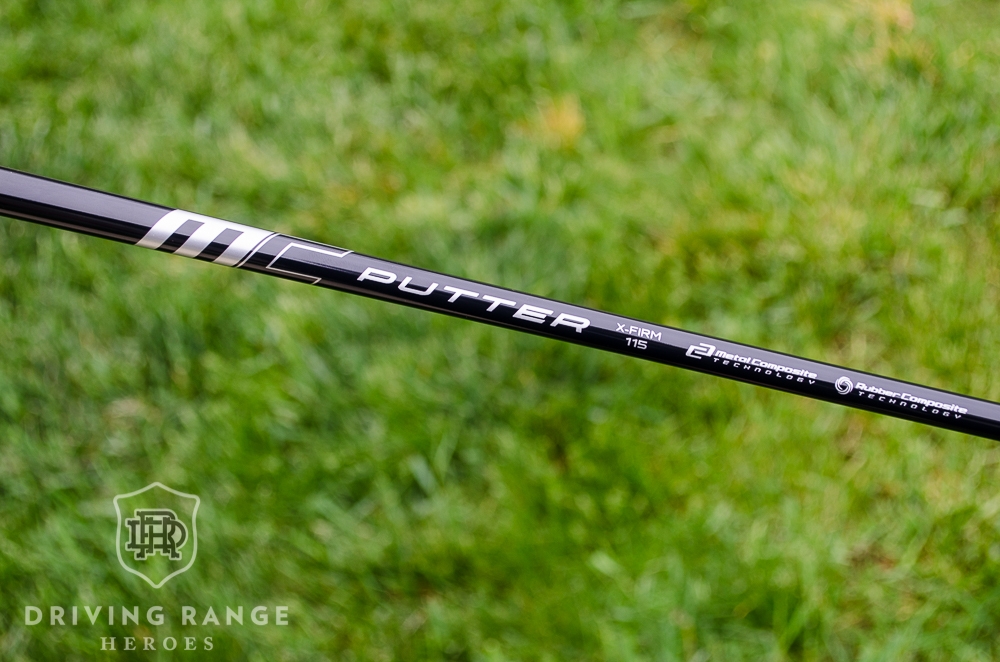

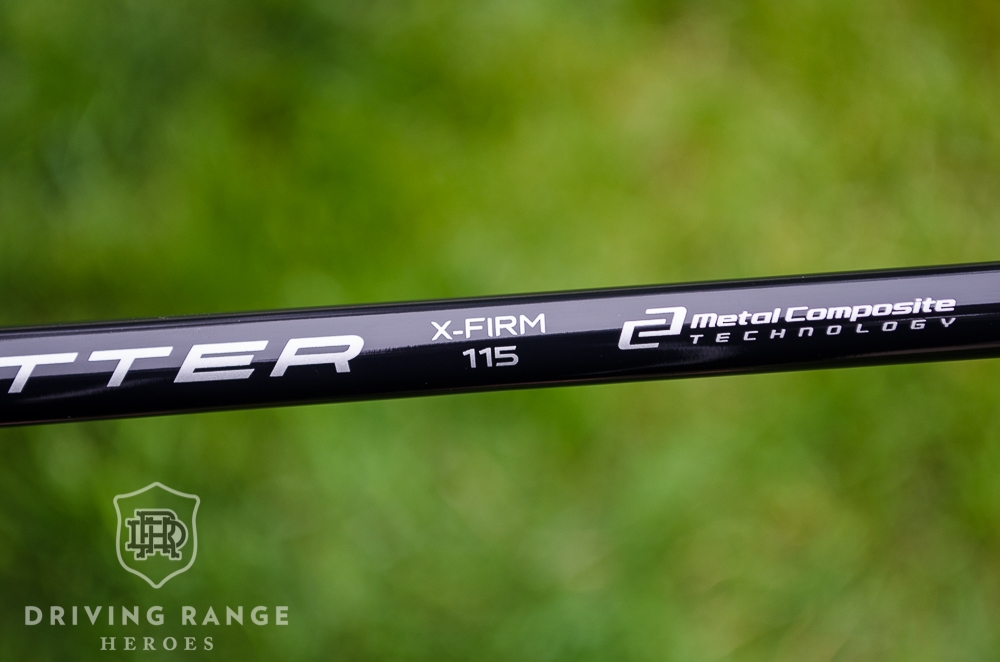
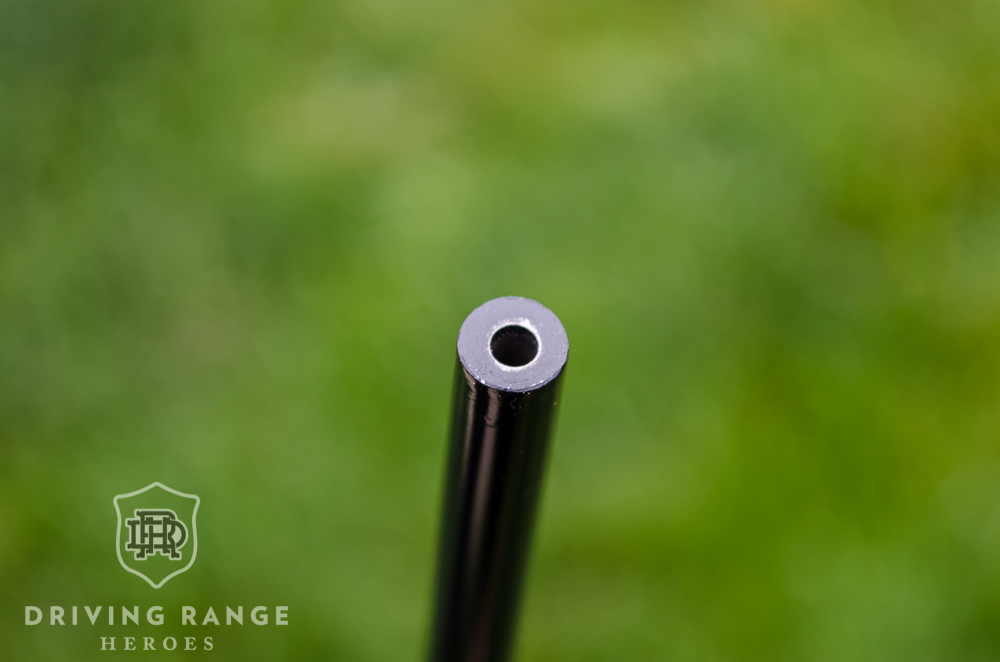
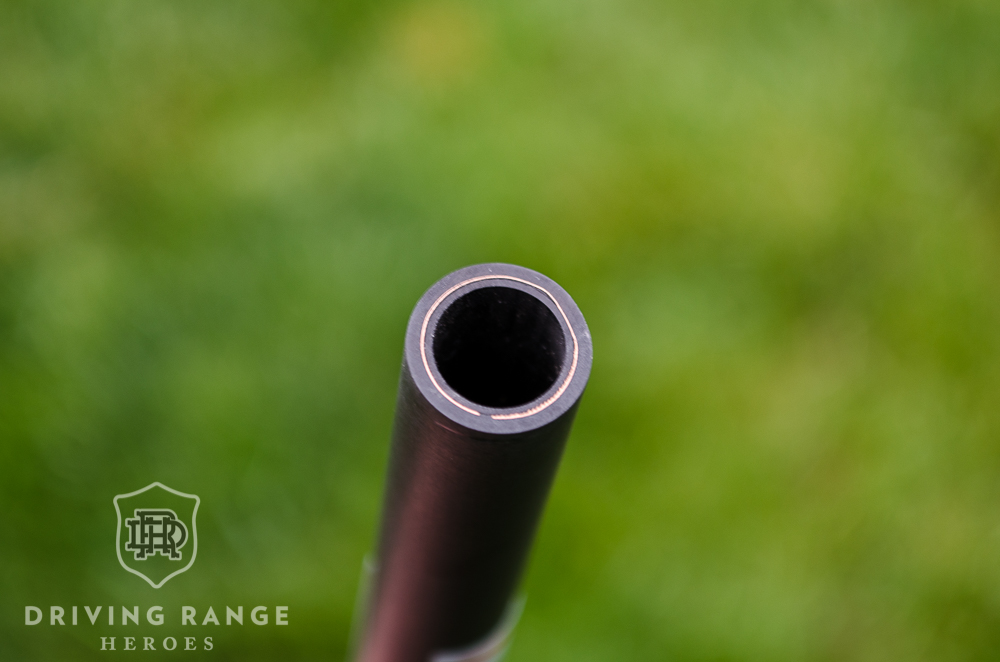
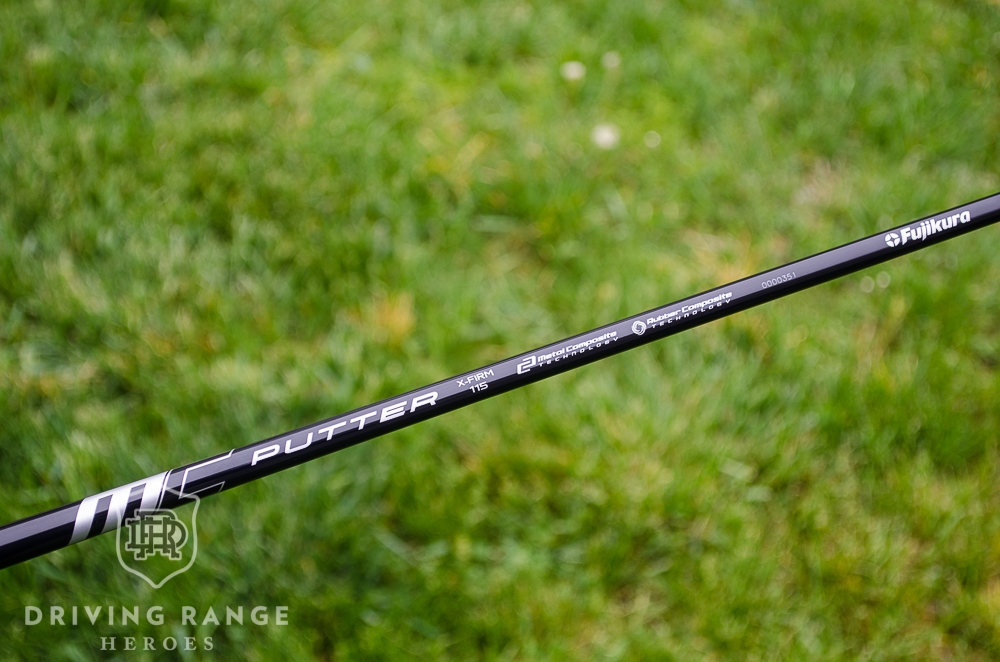
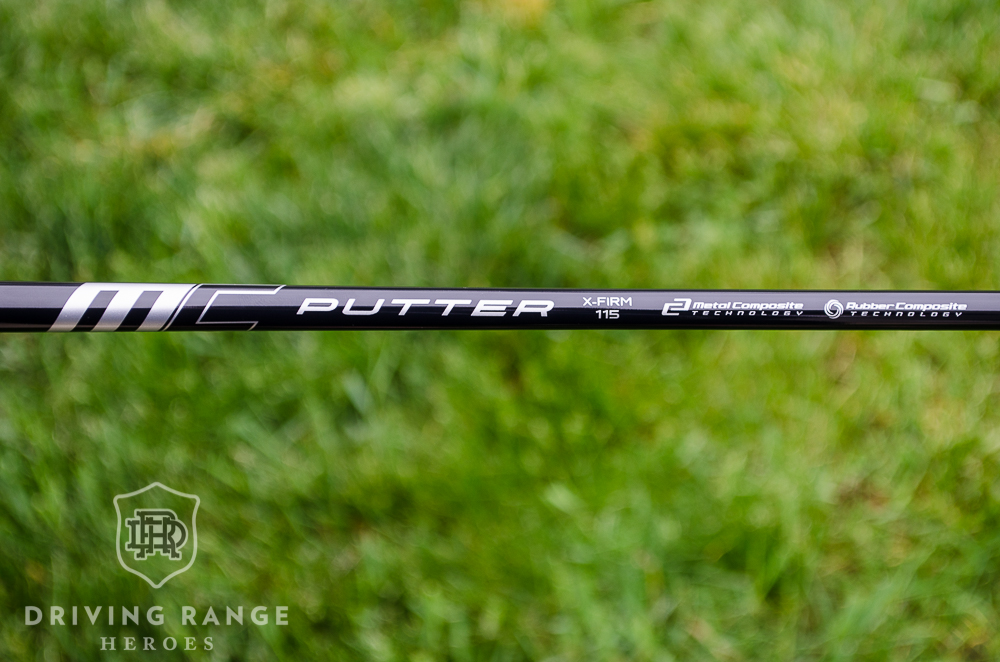



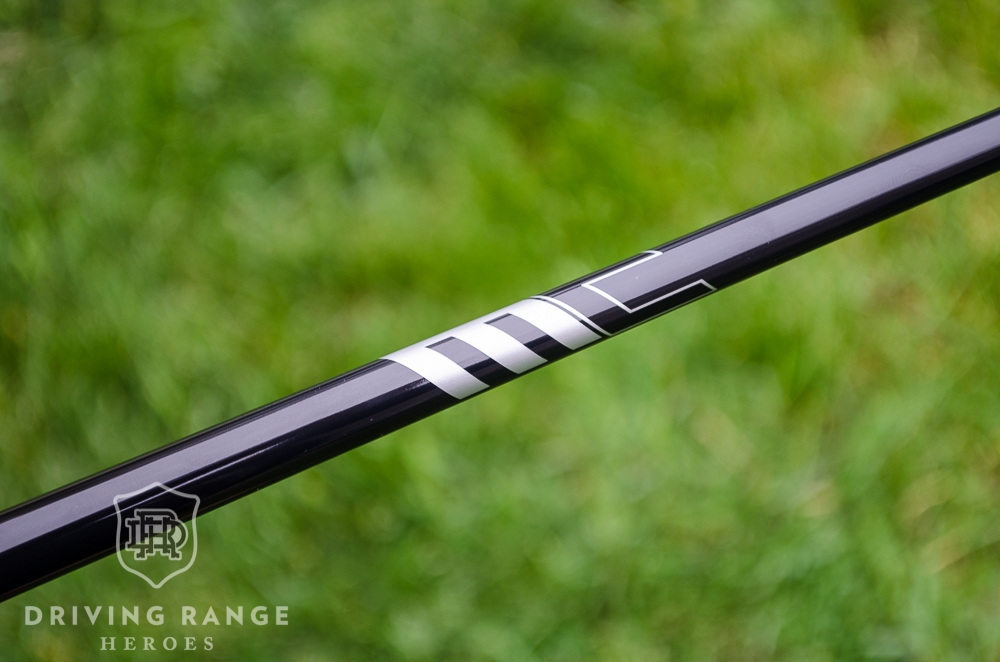
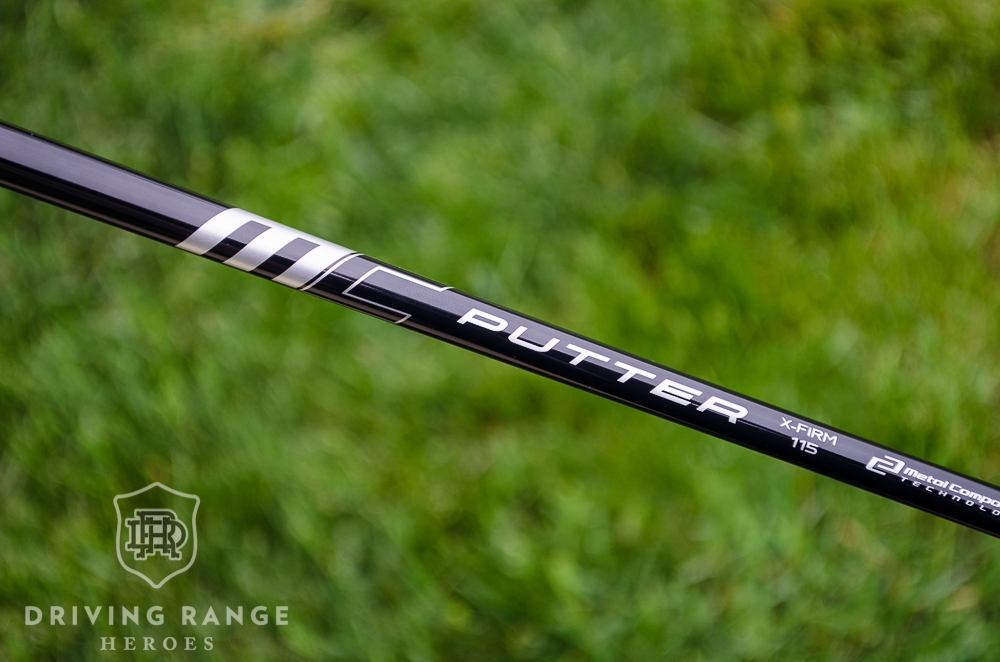
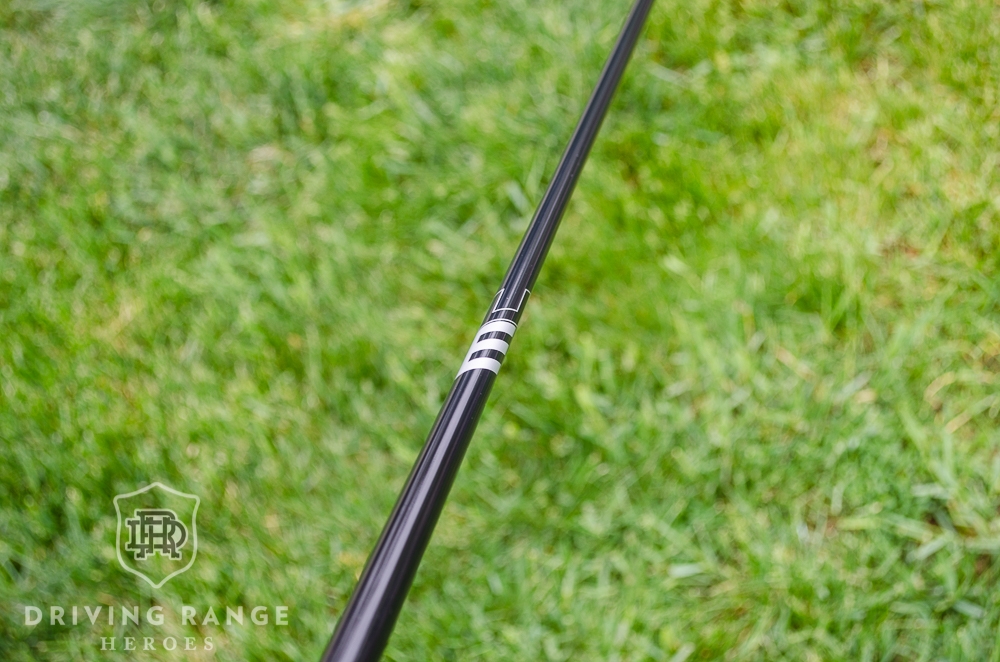
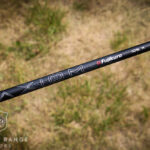
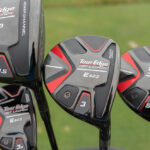

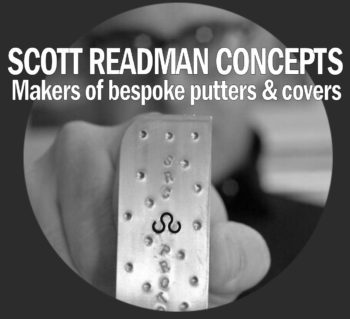











I just have this shaft in my Titleist T22 putter. The feel is not 100% better than steel, it’s just different to me. I have a question. You said 115g is heavier than standard steel shaft. to talk about a 34″ putter. after cutting (15g), the MC putter shaft is 100g to install on the putter. Compare to standard steel shaft (107g), it is 7g lighter. Am I wrong on this?
Thank you,
I don’t really know how I can answer that question. Is the steel 107 grams after being trimmed down to 34″ as well? I’ll be honest, I don’t really know and I’m guessing it varies from steel shaft to steel shaft. I tend to work off of raw weight and swing weight at my desired finished length. So I have no idea how much weight I lost once I trimmed the MC.
Hello Bill…….just put this shaft into my PXG Brandon 3rd genration putter…….stunning………did not realize how the steel shaft in my Taylor made GT was ruining everything! Very smooth and over the ball I can anticipate the feel which is very important……..the ball just seems to navigate on its own, even a downhill right to left breaker found the cup…….the X stiff goes great with a putter head of this weight………want to improve your game? Get rid of your steel putter shaft……